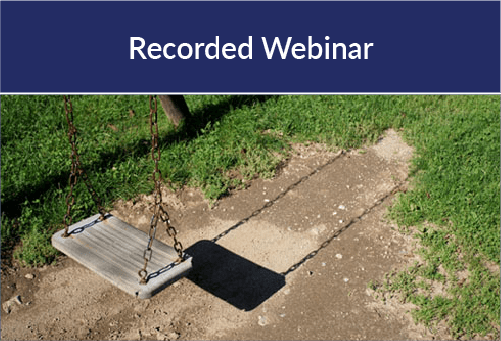


This is an advanced course. Please make sure you meet the prerequisites before registering. Develop the skills and techniques to conduct developmentally appropriate forensic interviews with victims of child sex trafficking. Learn the differences between interviewing children in child abuse cases and interviewing child sex trafficking victims. Review victim-centered interview methodology with special emphasis given to understanding the factors contributing to child sex trafficking victimization and the impact on development and effects of trauma. Learn to gather information regarding the use of technology in the child sex trafficking business model and the multitude of crimes that traffickers commit, including the use of child sexual abuse material (CSAM).

Discuss the benefits of working as an MDT, utilizing corroboration, best practices, and other successful strategies in solving child abuse investigations.

Learn the complex dynamics involved in a child sex trafficking interview. Gain an understanding of the impact of trauma bonding and Maslow's Hierarchy of Needs as they relate to traffickers recruiting and controlling minors. Recognize why the CST business model is important and how adolescent development plays a part in both trafficking and the interview process.

Learn the stages of developing an effective, sustainable, multidisciplinary team (MDT), which include Awareness, Implementation, and Institutionalization. You will learn the importance of each stage, and how and when MDT’s can transition from one stage to the next for sustainability.

Learn the importance of preparations as it relates to location, timing, observers and choosing the interviewer. Students will be able to list content that will be valuable to discuss during a team meeting prior to the forensic interview. Dynamics for the alleged victim when scheduling the interview will be considered and documentation methods will be examined.

Receive weekly facilitation and coaching from the National Alliance for Drug Endangered Children (DEC) staff throughout this 7-session Academy. Focus on how to implement the DEC Roadmap and Toolkit: A strategy in building a multidisciplinary DEC Alliance. Build upon and revisit each stage throughout this multi-month training. Grow your DEC Alliance at your own pace.

This webinar is designed for professionals seeking to deepen their understanding and enhance their skills in assisting victims in particularly challenging cases. Participants will learn to comprehensively assess the impact of trauma, implement advanced trauma-informed approaches, and utilize sophisticated treatment options and resources. By the end of this webinar, attendees will be equipped with practical tools and insights necessary for effective and empathetic victim assistance.

Examine an array of resources and strategies that will support all stages of successful project planning, development, and sustainability. Identify problems, analyze change conditions, and build a plan to use resource strategies that are relevant to your community project. Explore the six-step process as a guide for successful completion of project goals, deliverables, and overall implementation. Participants will participate in team building exercises to increase knowledge about program sustainability and resource utilization.

Learn more about Child Protector, a free application designed to improve the investigative, administrative, and judicial handling of child physical abuse cases, as well as child fatalities, in a manner that reduces trauma to the child and family. Utilizing sophisticated and detailed medical illustration, professional narration and animation as well as x-rays and real images, Child Protector demonstrates the location, characteristics, and biomechanics of injuries in young children commonly encountered by Children's Division (CD) workers, legal professionals, law enforcement, and medical providers. The app provides a realistic view of injury mechanisms that enhance the investigators ability to gather pertinent scene and witness information, thus improving the accuracy and efficiency of the investigation. Animations, narration, and real images detail how bruises, burns, head injuries, fractures, and abdominal injuries occur through both accidents and abuse.

How important it is that everyone working these cases understands roles and responsibilities? Discuss having a plan in place, ahead of time, to outline what will happen and who will do what and why that's important. Time is the enemy in these cases and a seamless initial intake with a clear understanding of what is needed will ultimately be the difference in these cases.
